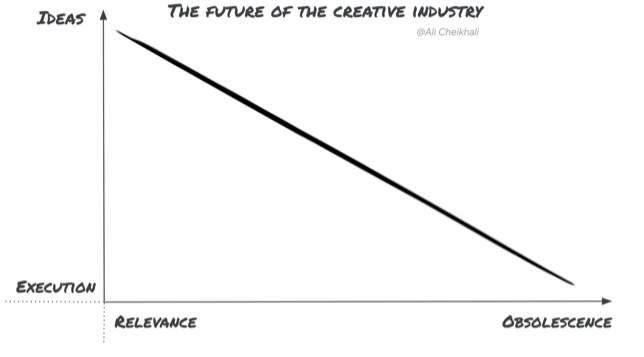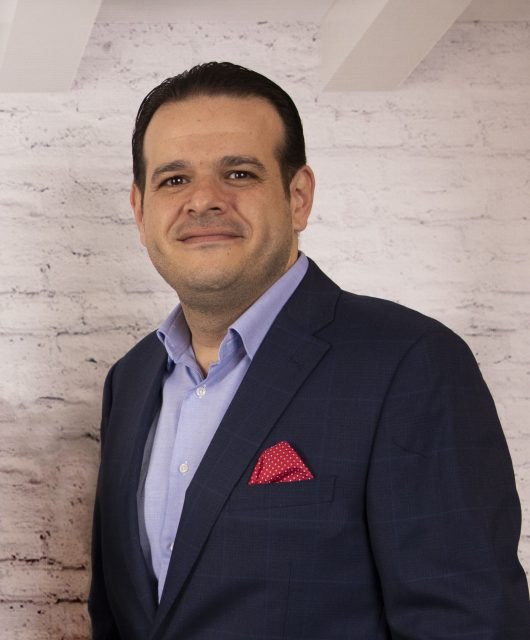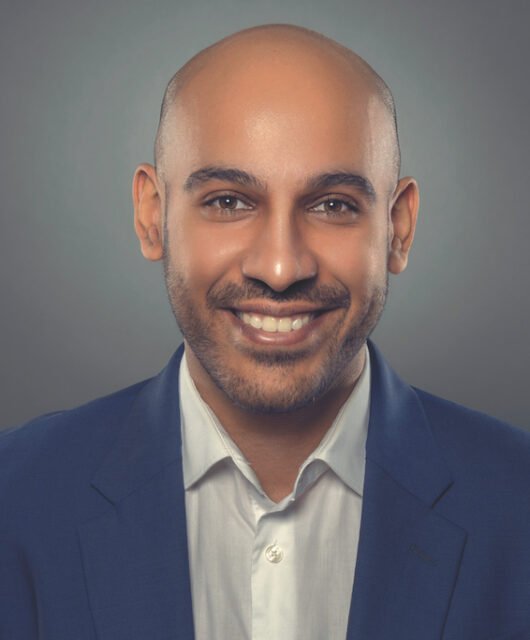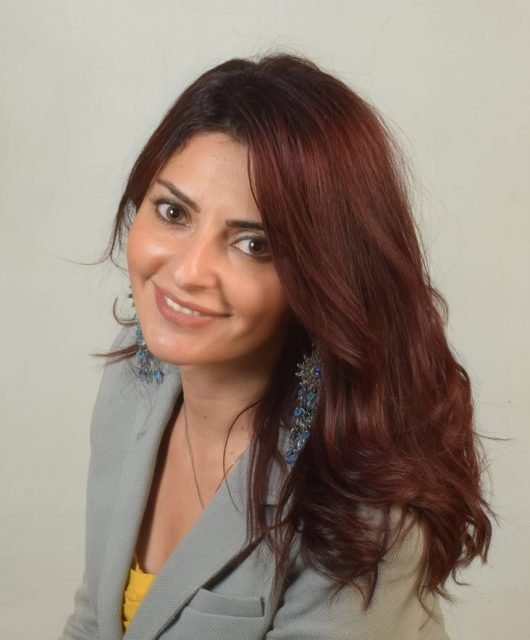Creativity In An AI- First World; What Will It Look Like And What Does It Mean For The Creative Industry In 2023 & Beyond?
By: Ali Cheikhali, Creative Strategy Lead, Google Creative Works MENA, TR, SSA

Changes are coming by at record speed. Which is why this year, I (with my co-author, read till the end to find out who) will not be sharing predictions. Afterall, would they still be called predictions if they’re already happening? The prevalence and ubiquity of AI and tech across the marketing and advertising journey is here, and the future of the creative industry is now. Here’s how AI is changing creativity and how the industry can (quickly) adapt:
Increased automation, increases emphasis on the big idea
Automation in marketing and advertising through the use of AI and machine learning algorithms and tools is helping brands to create more personalized brand experiences at scale in addition to effective ad campaigns. It’s also helping to streamline and improve many aspects of the advertising process. And this is not going anywhere any time soon as automation will continue to increase at greater speed and scale. While many might see this as a threat to creativity because it prioritizes executional assets and champions attribution metrics, the reality is that the role of creative agencies will become more important than ever… if assumed in the right way. And with automation flattening media-driven returns, creative is becoming one of the most effective levers to drive differentiation and return on investment.
How? What automation cannot do (at least not yet) is replace the human touch and creative spirit that are essential for creating truly effective ads. Ads that still have a creative idea at their core and appeal to our human nature and instincts. And we see it everyday; ads crafted by creatives most of the time still perform better than assets generated by machines. Now, combine both to utilize the power of automation with a good creative idea and you strike gold. So, in a world where automation is becoming more prevalent, creativity’s unique and valuable perspective cannot be replicated by machines.

So, what does this mean for the creative industry? Double down on the importance of the creative idea! More than ever, we need a good one at the core to drive effectiveness. So, make sure you push further upstream in the creation process to avoid being pigeonholed downstream in execution. That said though, creative agencies cannot rest on their laurels and will need to upskill talent to understand the various automation tools, how they fit into client strategies and master how attribution works in order to know how to position and measure the impact of their creativity.
Generative AI is here, but many agency jobs might not be
Generative artificial intelligence (AI) is a type of machine learning that uses algorithms to generate new, original content. This can be used to create everything from text to images to music and more. In the future, generative AI is likely to significantly impact creative agencies by enabling them to automate the production of creative content, saving time and resources. Additionally, generative AI has the potential to lead to more innovative and diverse ideas being generated, as it can explore a wider range of options and generate content that a human may not have thought of. This could help creative agencies to stand out in a competitive market and offer their clients fresh, unique perspectives. Generative AI also has the potential to enable creative agencies to scale their operations, as it can handle the production of large volumes of content in a short amount of time. One of the key benefits of generative AI is that it can eliminate bias in the creative process, as it is not influenced by personal experiences or preconceived notions. This can lead to more objective and unbiased ideas being generated, which can be particularly valuable for organizations looking to create inclusive and diverse content. Overall, generative AI has the potential to revolutionize the way creative agencies operate and enable them to produce high-quality, unbiased content faster and more efficiently.
Case in point, I did not write the above paragraph. This was written in a few seconds by ChatGPT, a prototype artificial intelligence chatbot developed by OpenAI which specializes in dialogue that has amassed more than a million users in its first week of launch. Other text generation tools include Jasper and copy.ai.

As were the above images in the previous section. I created them as different takes and styles on working in an agency in a little over a minute on Midjourney, an artificial intelligence program that creates images from textual descriptions. Other similar programs include OpenAI’s DALL-E-2 and the open-source Stable Diffusion. Programs for music generation also exist such as Lovo and Murf.ai. One individual has already combined both text and image generation to produce a children’s book and monetize it at lightning-speed is a testament to the where we are in this moment of time.
So, what does this mean for the creative industry? Yes, jobs will be lost. The number of people in executional roles will decrease due to increased efficiency, while the remaining ones will have to adapt from the role of the creator themselves to become the prompters of the creation or “machine operators”. So, if you’re talent in a creative agency looking to future-proof yourself, you should’ve already started familiarizing yourself with Generative AI yesterday. Also, generally speaking, adopt an ‘always-in-beta’ curious mindset. When I started out, the rule of thumb was to reinvent yourself every 5 years. Nowadays, it’s more like every year. Now, if you’re a creative agency, what type of talent are you hiring? Is it still the same Art Director – Copywriter team that would only join together, or is it a savvy AI aficionado with zero agency experience but a master of expansive thinking? What does your creative process look like now? Is it still long hours of freelancers finalizing a pitch, or new tools creating in real-time at speed and scale? And are you still going to sell hours on timesheets to clients? Or is it time to (finally) move into the business of ideas and develop a new remuneration model that suits this value proposition?
The bottomline; creativity will alway be in demand, Arguably, increasingly with the rise of automation. So, the question is what will creativity look like in this AI-first world of automation and generation as we enter an inflection point this year? Depending on how creative agencies respond to this question, the answer for will inevitably fall somewhere on the graph below:

The better the answer to this question, the larger the share of the future they’ll have as the industry goes on to thrive and build a new age of unparalleled creativity. Exciting times!
Disclaimer: views expressed are my own and not Google’s.





